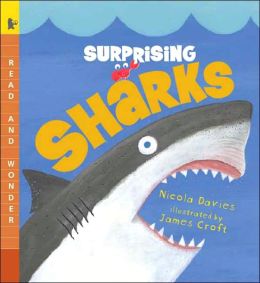It's not hard to figure out why students struggle with this kind of writing. Students write what they read. What 12-year-old is going to have much experience with reading text-dependent analysis essays? For that matter, many teachers that I know don't read text-dependent analysis much either.
I've gotten really good at reading student summaries and finding incremental progress along the way. For example, I know that every reader goes through the "about" summary phase when summarizing expository text. While the about summary is not on its own a good summary, it seems to be a necessary step for readers and shows real progress over a copy-and-delete summary.
Faced with 30 text-dependent analysis essays, I've felt a bit lost. What kinds of responses show progress? What patterns can I find? It's been tough to sift through it all, and I'm still really feeling out my way. However, here are a few patterns that I've noticed.
Most of my students are the point where they know that they had better not turn in an essay that is less than 1 or two pages long! (Even though the program only gives kids one page to write their essays, I always give them an extra page to write more.) However, some students are having trouble with reading and understanding the prompt.
Students also have entered sixth grade knowing that they need to include quotations from the text in their essays. Now, I've been in the game twenty years, and I must say that even my struggling students compare favorably in this regard to those that I taught 20 years ago. Adding text quotes just wasn't something that was taught at the fifth grade level.
But some responses indicate that my students have over-learned the use of text quotes. They want to let the text quotes speak for themselves instead of explaining why they are needed. I know that teachers in eighth grade will probably groan and say, "I wish these students would stop writing 'This shows that...'!" However, in sixth grade, the use of this transition indicates a step in the right direction.
Often, when I ask students, "Why did you put this quote from the text?" they will come out and explain their thinking. I say, "You need to write down that great thinking so that I can read it!"
I've noticed that asymmetrical development is actually a promising sign. These responses have one really well-developed body paragraph and one sadly neglected one. Often, once I point this out to students in their feedback they realize that they need to develop both areas of analysis to equal quality. Students need to know that they won't be kept in from recess or punished for spending a long time to complete a strong essay. Spreading the work out over multiple days helps with this too.
What patterns have you noticed in students' text-dependent analysis essays?






















